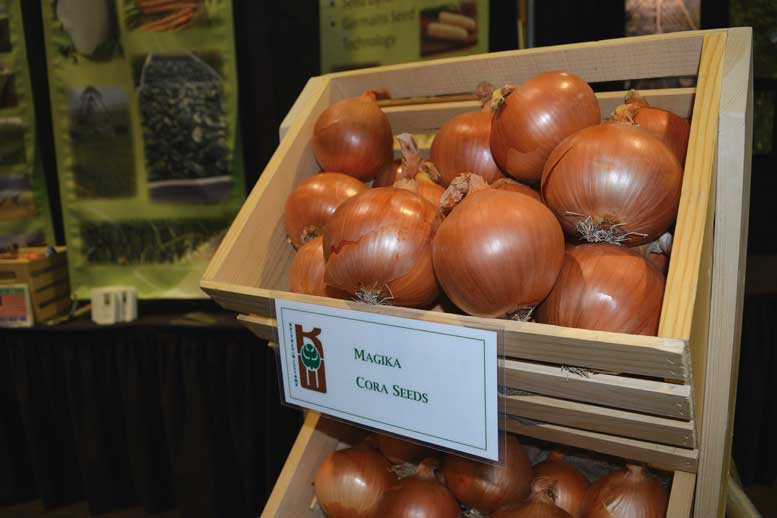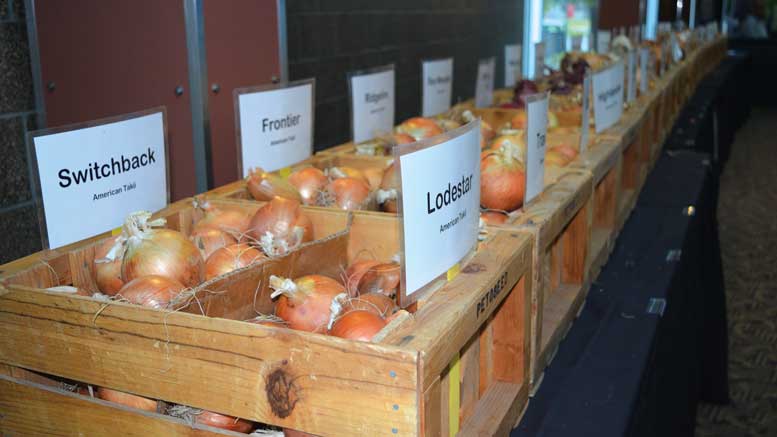|
Click to listen to this article
|
Story and photos by Denise Keller, Editor
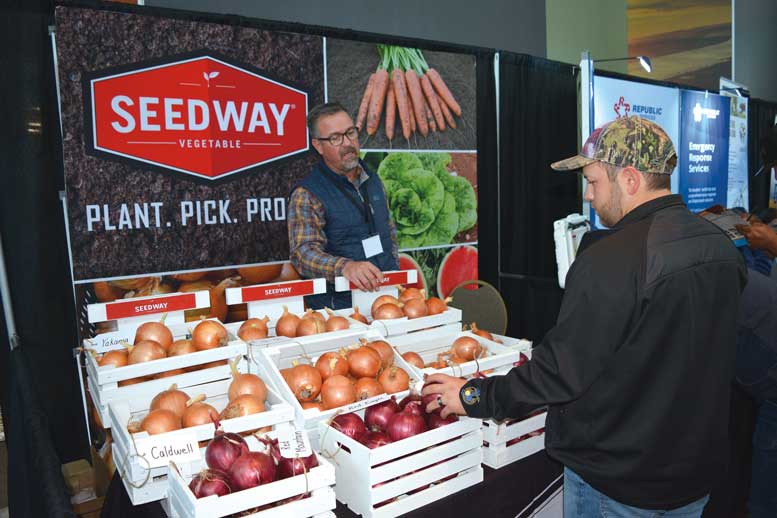
Researchers at Oregon State University (OSU) are integrating newer technology into their research systems in ways similar to what growers might use on their farms and are working to measure the impacts. Kristie Buckland, a vegetable and specialty seed crop specialist with OSU, outlined a short list of projects being tackled by a large team of colleagues during her presentation at the Pacific Northwest Vegetable Association Conference, held Nov. 13-14 in Kennewick, Washington.
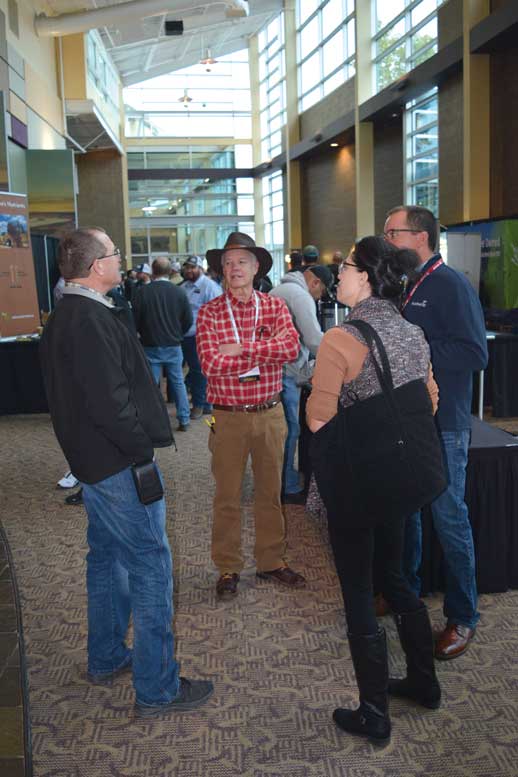
This list includes a precision seeding and weeding trial OSU is working on with FarmDroid, a Denmark-based company. The company’s solar-powered field robot performs autonomous seeding and weeding. The machine was delivered to Oregon in May, and the crew at OSU has been learning the nuances of its operation. Through the use of RTK GPS, the FarmDroid records the location of each plant at seeding within 8 mm accuracy. This allows it to then perform inter-row and intra-row weed control without relying on cameras or AI to distinguish plants from weeds.
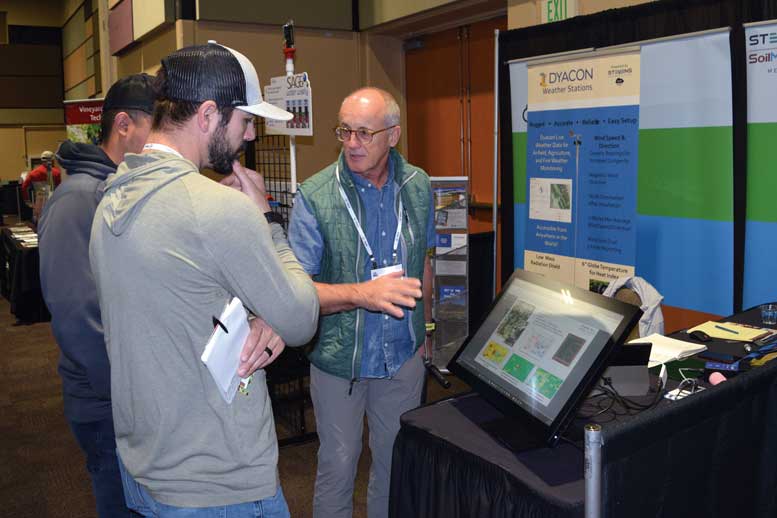
“We were really interested in figuring out the chances that it’s going to work and that we’re going to get seeds where we want them and also ‘what’s the efficacy of the weeding? Are we going to be taking out plants or doing damage to the plants with the weeding arm?’” Buckland said. “That was really our question on top of the ‘could we actually farm a vegetable field and not put a hand crew through it?’ For us in the Willamette Valley, especially in organics, that would be a game changer.”
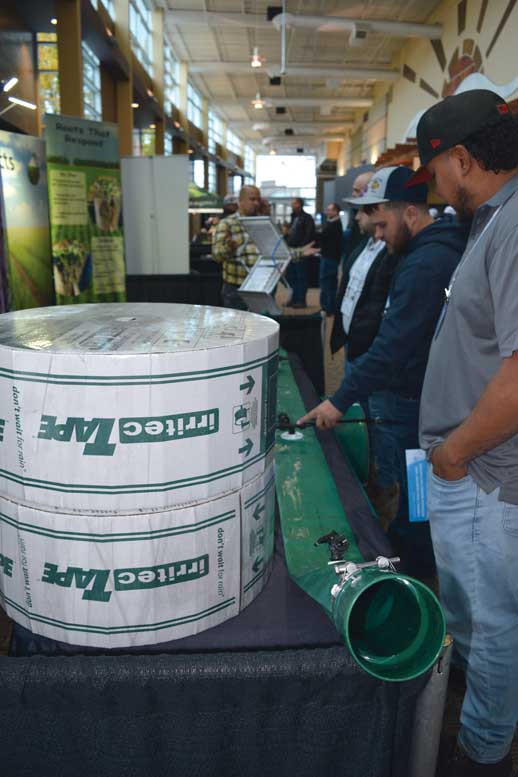
OSU will continue the project in cooperation with FarmDroid for another two years. An Oregon State Department of Agriculture specialty crop block grant will fund replicated trials to measure the efficacy of the robot versus hand weeding. Researchers will also calculate the associated costs of each method to determine the impact on a grower’s bottom line.
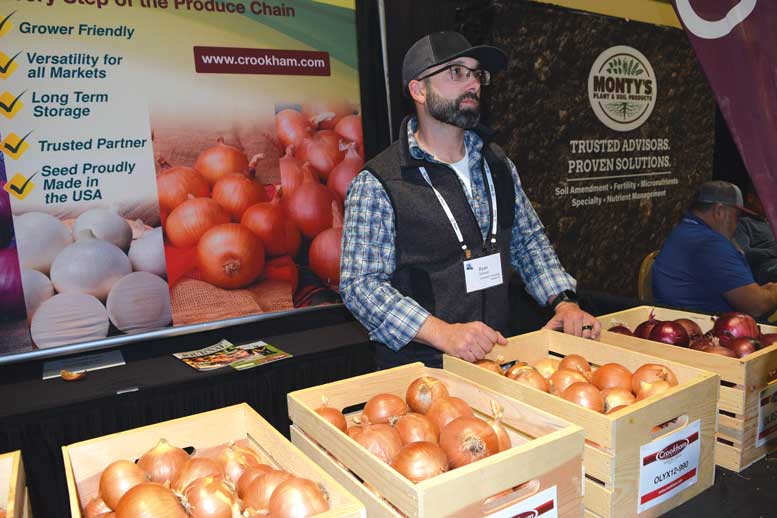
Moving on to another project, Buckland shared an update on a drone spray trial. In this project, researchers are looking at how effective is it to aerially apply fungicides to control blackleg in an overwintering turnip seed crop planted this fall near Corvallis, Oregon. Researchers will spray fungicides throughout the winter with a drone and with a tractor-driven boom. At harvest, they will measure yield and disease ratings on harvested seed. Buckland did note that the drone is providing significantly less coverage on the plants than a typical boom.
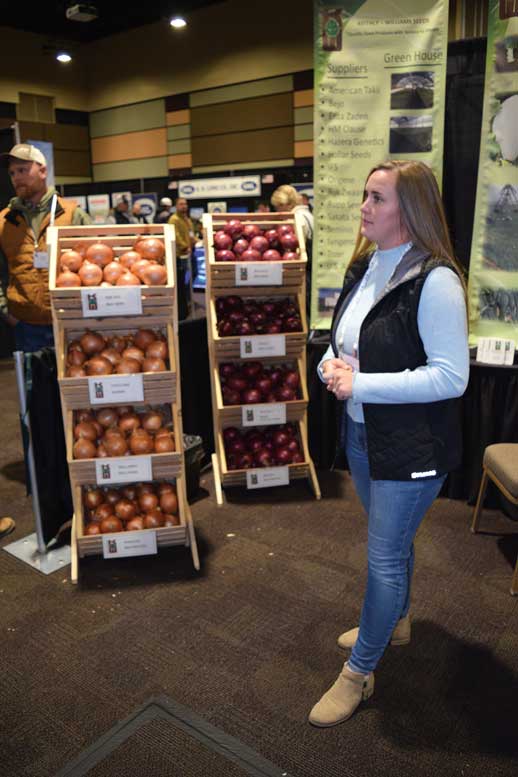
“Generally, you think that means it’s not going to be as effective,” Buckland said. “The particulates move in a different pattern than a boom going across the field, so one of the questions is ‘are we getting product under the leaves, around the leaves in a different way than we would with a tractor-driven boom,’ and we don’t know that yet. There is some literature out there about that. But we will hopefully make our own with this project.”
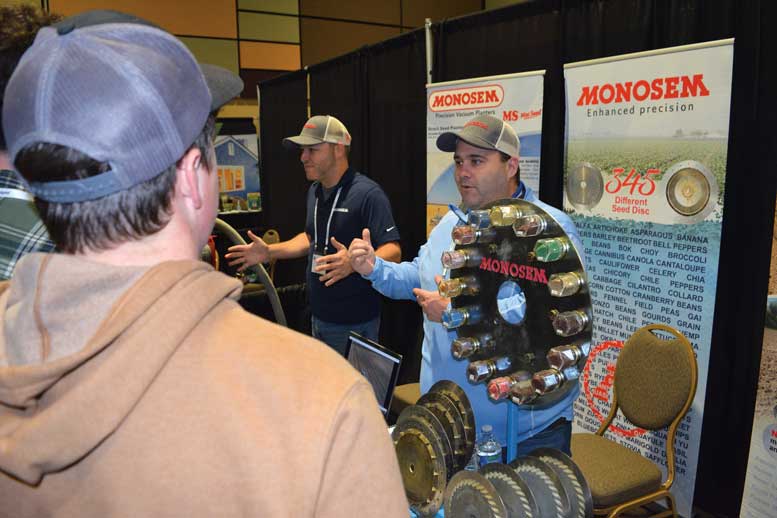
With OSU’s Cindy Ocamb leading the plant disease work and Pete Berry leading the drone applications, this project will continue during the next couple years and might include evaluation of spray applications made from a drone flown at various heights and speeds.
